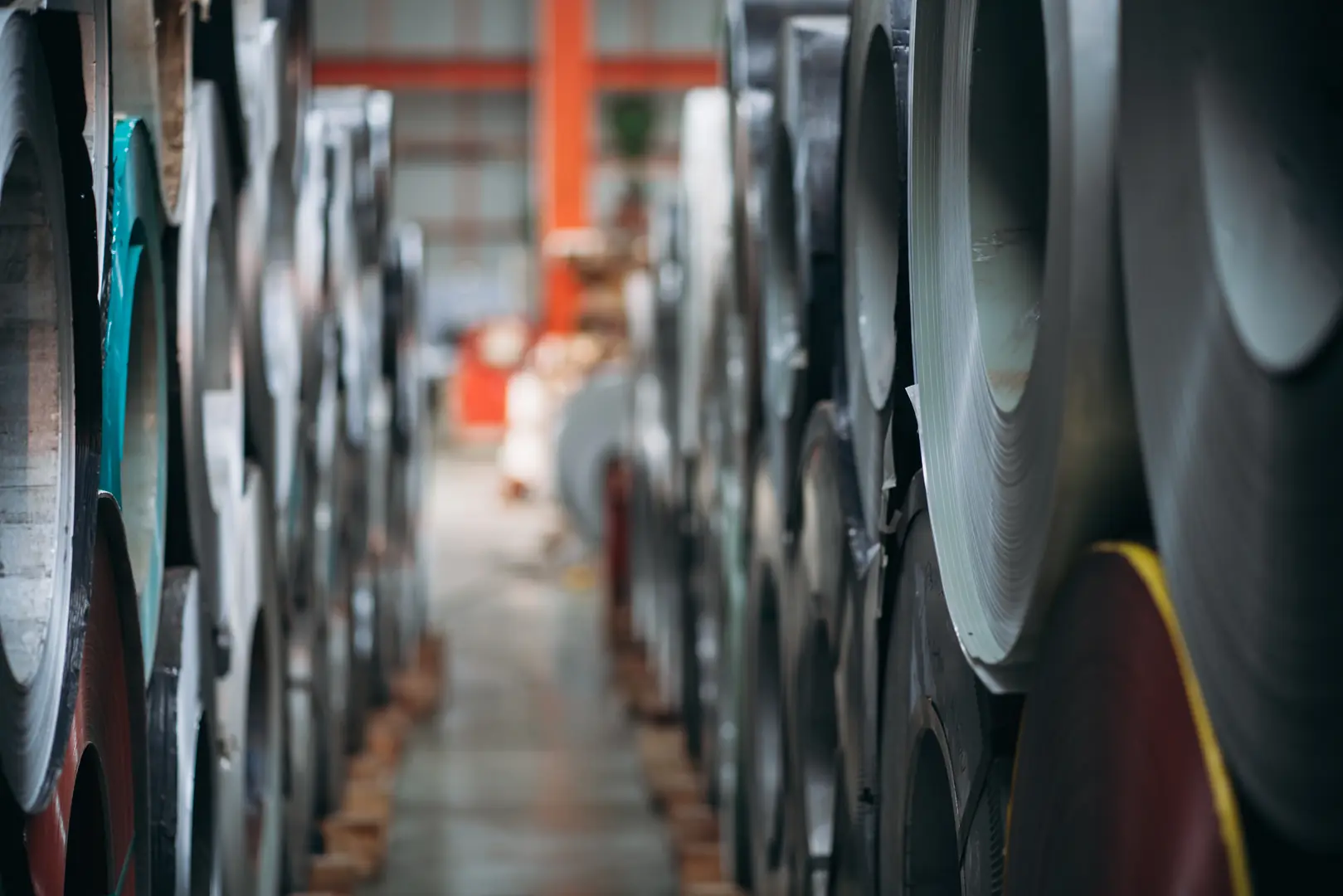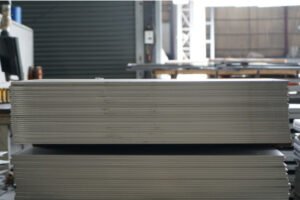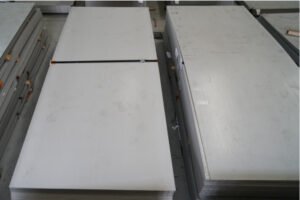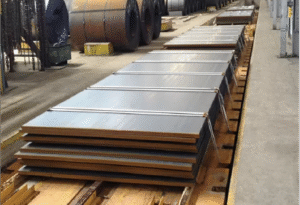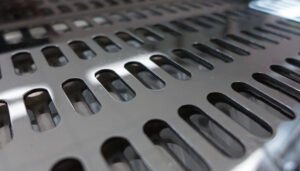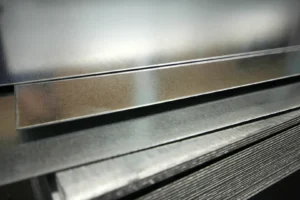Stainless Steel Plate Grade Chart: A Guide to Common Grades
Confused by the vast world of stainless steel grades? Choosing the wrong one can lead to project failure and budget overruns. This guide is your map to making the right choice.
A stainless steel plate grade chart is a critical reference tool for any professional. It systematically lists different grades, detailing their chemical composition, mechanical properties, and typical applications. This empowers you to make precise, data-driven material selections for your specific industrial needs.
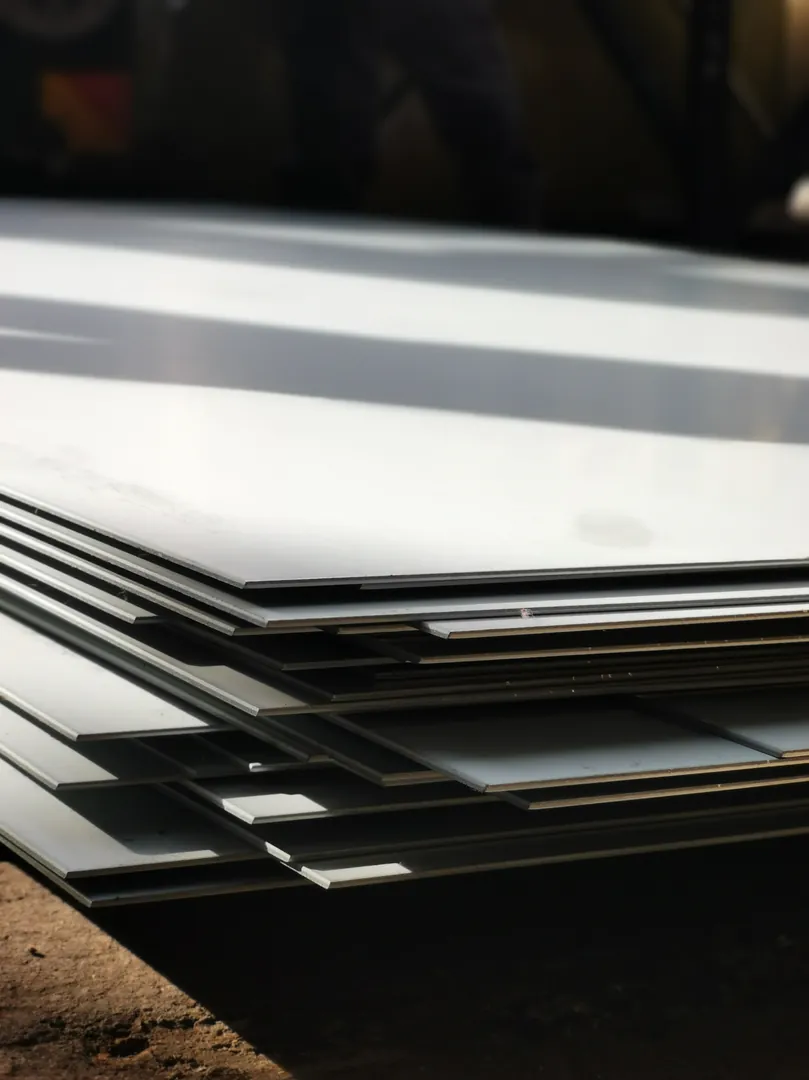
In my role at MFY, I talk to partners every day who are navigating this complex landscape. The global demand for specialized materials is growing, and with it, the need for clarity. A grade chart isn't just a technical document; it's a strategic asset. Used correctly, it can optimize performance, manage costs, and ensure your projects meet ever-stricter international standards. Let's walk through how to use this tool to your advantage.
What Are the Fundamentals of Stainless Steel Grades?
The numbers and letters can seem like a secret code. This confusion can lead to costly assumptions. Understanding the basic families unlocks the logic behind the entire system.
Stainless steel grades are primarily categorized into families based on their internal crystalline structure: Austenitic, Ferritic, Martensitic, and Duplex. Each family offers distinct properties, and grades are identified by a numbering system, like the SAE system (e.g., 304, 430).
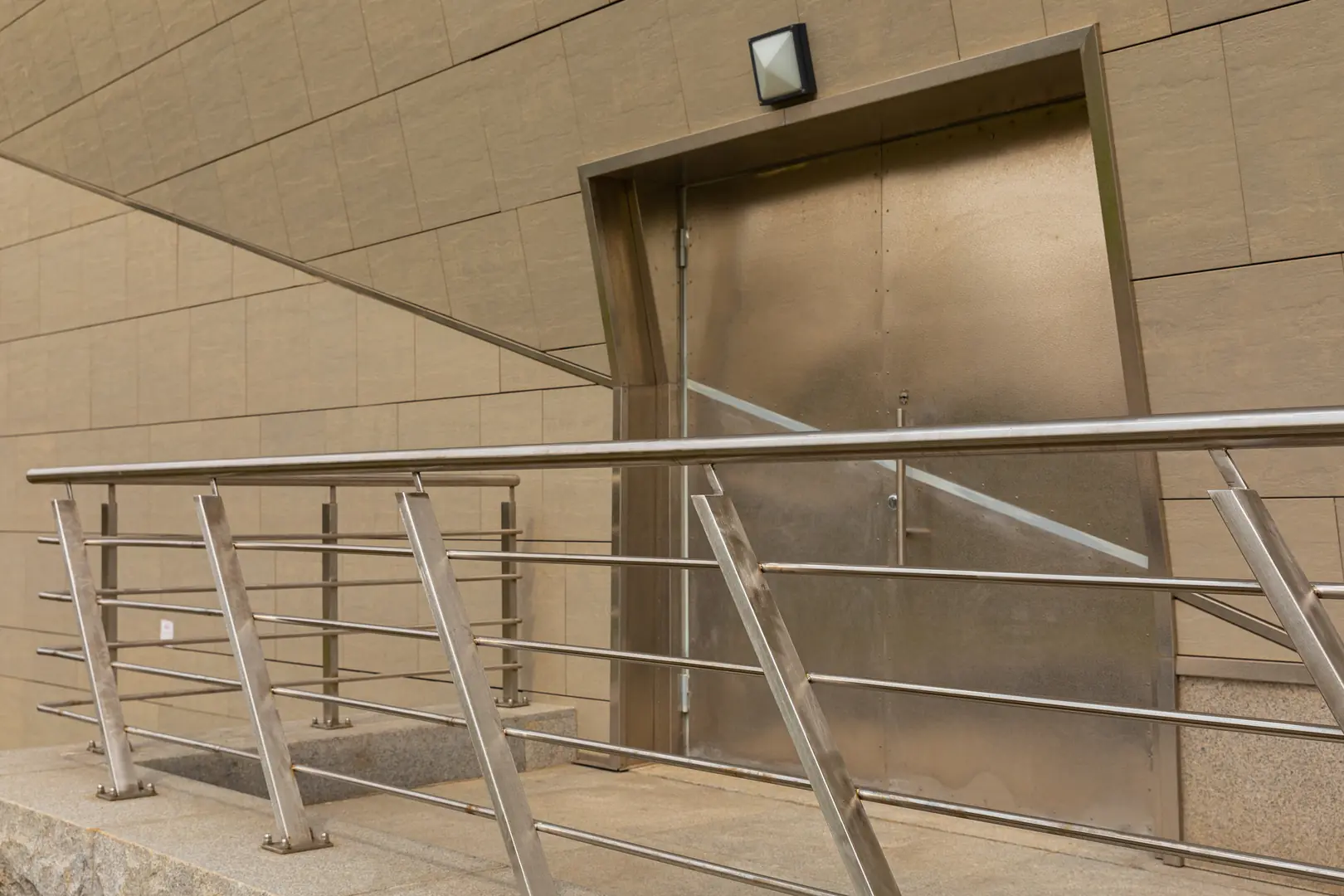
Think of this as the first step in your strategic planning. Before you even look at a specific grade, understanding the family gives you a high-level view of its capabilities. At MFY, we encourage our clients to think in terms of families first, because it immediately narrows down the options and aligns the material with the project's core demands.
The Core Families
The Austenitic (300 series) family is the most common. These grades, like 304 and 316, contain chromium and nickel, making them non-magnetic, highly formable, and excellent at resisting corrosion. The Ferritic (400 series) family, like grade 430, has higher chromium but no nickel. This makes them magnetic, less expensive, but also less ductile than their austenitic counterparts. Martensitic grades can be heat-treated for incredible hardness, making them ideal for cutting tools, while Duplex grades offer a "best of both worlds" mix of austenitic and ferritic properties, providing high strength and corrosion resistance.
The Numbering System
The numbers aren't random. The first digit often indicates the series and family. For example, '3' in 304 signifies it belongs to the Austenitic 300 series. Letters like 'L' in 316L indicate a low carbon content, which is crucial for improving weldability and preventing corrosion at the weld seams. Understanding this simple logic transforms a confusing list into an organized system, forming the foundation of an informed material strategy.
How Do You Read a Stainless Steel Plate Grade Chart Effectively?
A chart dense with data can be overwhelming. Misinterpreting a single column risks selecting a material that will fail under pressure. I'll show you how to read it with purpose.
To read a grade chart, focus on the key columns. First, locate the grade you are considering (e.g., 316L). Then, cross-reference its chemical composition (Cr, Ni, Mo) and mechanical properties (tensile strength, yield strength) to see if they match your project's demands.
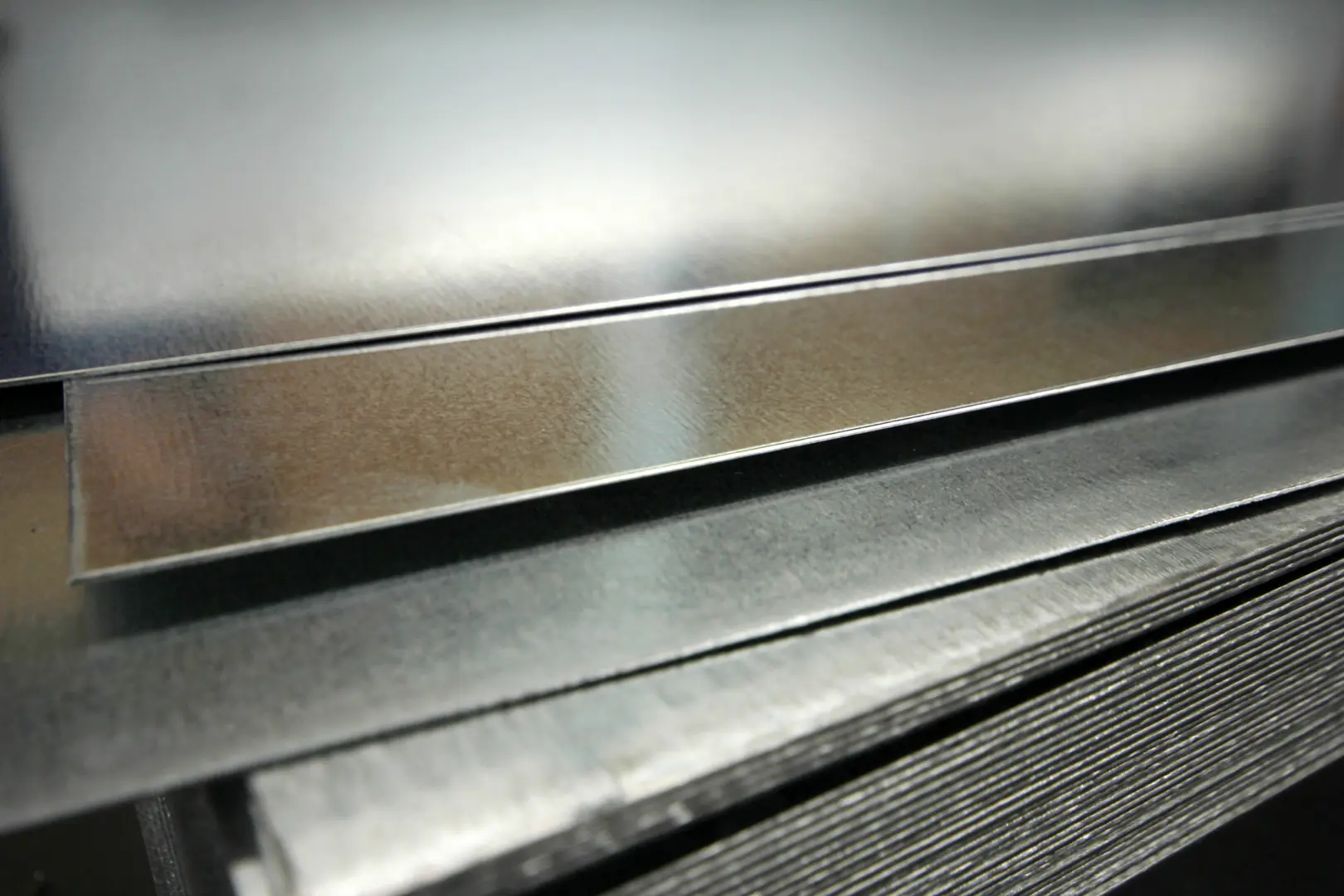
This is where data becomes your most powerful ally. A grade chart isn't for casual browsing; it's a tool for precise comparison. The secret is to know what you're looking for before you start. Are you fighting saltwater corrosion? Then your eyes should immediately go to the Molybdenum (Mo)[^1] column. Do you need the part to withstand a specific load? Then Tensile and Yield Strength are your primary focus. This targeted approach turns a sea of numbers into actionable intelligence.
Key Columns to Analyze
Every chart is slightly different, but they all contain the same core information. You should always look for the chemical composition, as this dictates the material's fundamental behavior. Then, review the mechanical properties, which tell you how the material will perform physically.
A Practical Example
Let's say you're building a chemical storage tank. Your engineering team has specified minimum strength requirements and resistance to a specific acid. Here’s how you’d use a simplified chart:
| Grade | Chromium (Cr) % | Nickel (Ni) % | Molybdenum (Mo) % | Tensile Strength (MPa) | Corrosion Resistance |
|---|---|---|---|---|---|
| 304 | 18.0 - 20.0 | 8.0 - 10.5 | - | 515 | Good |
| 316 | 16.0 - 18.0 | 10.0 - 14.0 | 2.0 - 3.0 | 515 | Excellent |
| 430 | 16.0 - 18.0 | - | - | 450 | Fair |
Looking at this, you see that Grade 316 has Molybdenum, making its corrosion resistance "Excellent," which is likely necessary for chemical storage. Even though its strength is similar to 304, its chemical makeup gives it the strategic edge for this application.
What Are the Key Characteristics of Common Stainless Steel Grades?
Many grades look identical to the naked eye. But their performance in the field varies dramatically. Choosing based on price alone is a common mistake that can lead to premature failure.
Common grades vary widely in performance and cost. Grade 304 is the versatile workhorse, perfect for general use. Grade 316 offers superior corrosion resistance due to molybdenum. Grade 430 is a lower-cost, magnetic option with decent corrosion resistance but less formability.

I remember a client in the food processing industry who was trying to save costs on a new production line. They were tempted to use Grade 430 for everything because it was cheaper. We walked them through the trade-offs. While 430 is fine for decorative panels, the acidic cleaning agents and constant moisture on the processing surfaces would quickly cause corrosion. By investing slightly more in Grade 304 for the contact surfaces, they avoided future downtime and replacement costs. This is a perfect example of strategic selection. It's not about finding the cheapest material; it's about finding the best value over the asset's entire lifecycle.
The Cost vs. Performance Trade-Off
The most common decision our partners face is choosing between 304 and 316.
| Characteristic | Grade 304 ("The Workhorse") | Grade 316 ("The Marine Grade") |
|---|---|---|
| Corrosion | Excellent for most environments, food, and water. | Superior, especially against chlorides (salt, chemicals). |
| Cost | More affordable. | Higher cost due to Nickel and Molybdenum content. |
| Primary Use | Kitchen equipment, storage tanks, architectural paneling. | Marine hardware, chemical processing, medical devices. |
| Key Differentiator | The most versatile and widely used stainless steel. | The addition of Molybdenum provides enhanced protection. |
This table simplifies the decision. If your application doesn't involve salt or harsh industrial chemicals, Grade 304 often provides the best balance of performance and cost. But if there's any doubt, the added security of Grade 316 is a smart long-term investment.
What Are the Typical Applications for Different Stainless Steel Plate Grades?
Using a high-performance grade where it's not needed is a waste of money. But using the wrong grade can be a disaster. Matching the grade to the application is non-negotiable for success.
Grade 304 is ideal for food equipment and architectural trim. Grade 316 is essential for marine hardware, chemical processing, and medical implants. Grade 430 is often used for automotive trim and appliance interiors where conditions are less severe.
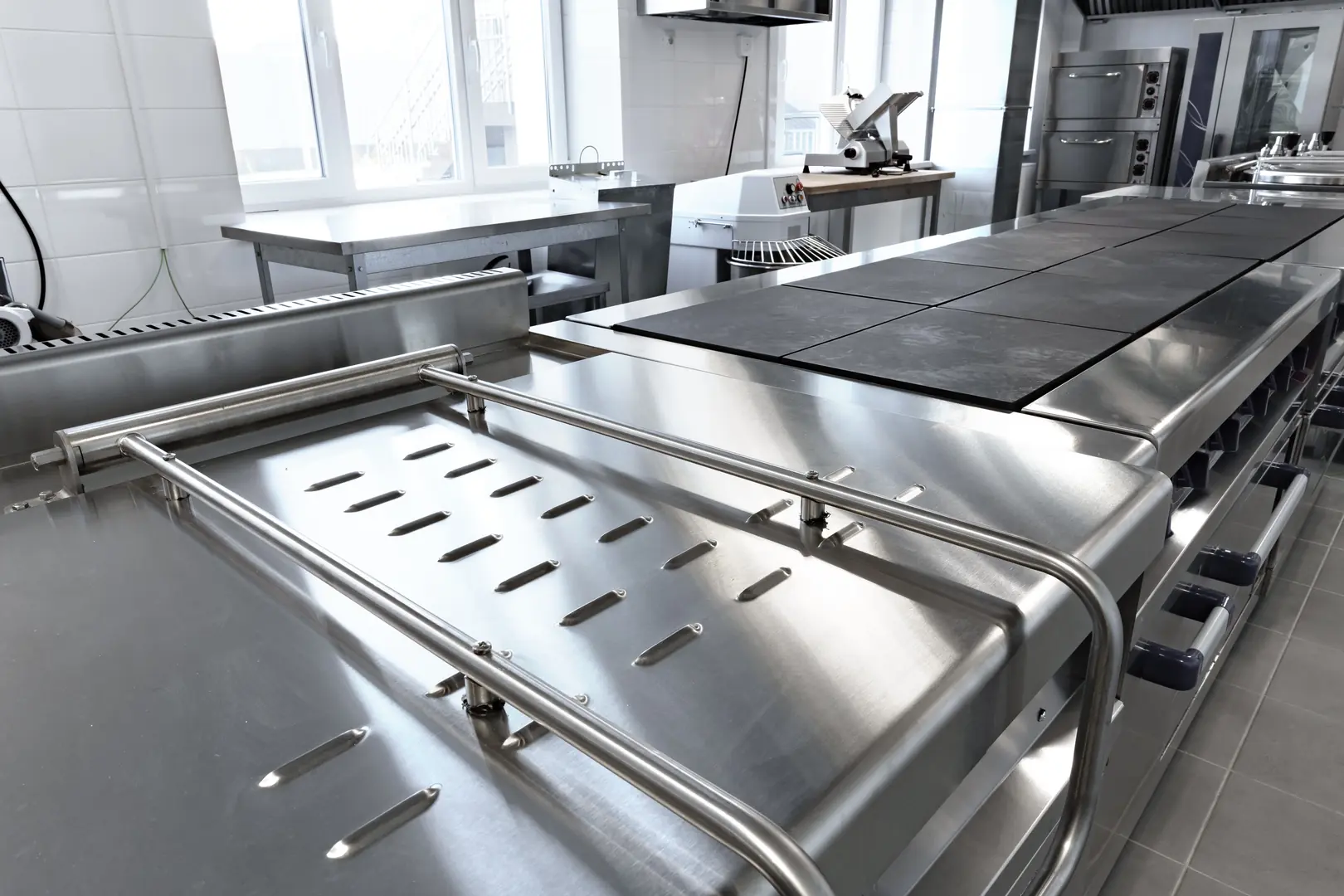
Thinking about applications is where the grade chart comes to life. It stops being a list of percentages and becomes a guide to building real-world things. The reason Grade 304 is ubiquitous in kitchens is because it is highly resistant to the acids found in common foods, easy to clean, and durable. The reason Grade 316 is the standard for boat railings is because the molybdenum content specifically fights off the chloride-induced pitting corrosion that saltwater causes. Without it, the railing would rust quickly.
Connecting Grade to Function
This direct link between a material's properties and its end-use is the essence of smart engineering and procurement.
- Architectural Panels in a Coastal City: Here, you need more than just a shiny look. The salty air is a corrosive agent. While 304 might work inland, 316 is the safer, more durable choice to prevent tea-staining and ensure the building's facade lasts for decades.
- Exhaust System Components: This application involves high temperatures and some corrosive byproducts. A ferritic grade like 409 or 439 is often chosen here. They offer good heat resistance at a lower cost than austenitic grades, demonstrating a perfect balance of specific performance needs and budget.
- Medical Implants: Biocompatibility is paramount. A specific variant, 316LVM, is used because it is extremely corrosion-resistant within the human body and has a clean, inclusion-free microstructure. Here, there is no room for compromise; only the highest-spec material will do.
Each of these examples shows a strategic decision based on the unique demands of the application, using the grade chart as the foundational data source.
How Do You Select the Right Stainless Steel Grade for Your Needs?
The final choice feels high-stakes because it is. A wrong decision can impact your budget, timeline, and reputation. A systematic approach removes the guesswork and ensures confidence.
Select the right grade by evaluating four key factors: the corrosive environment it will operate in, the mechanical strength required, the fabrication needs (welding, forming), and your total project budget. A balanced assessment of these factors leads to the optimal choice.

This is the final step where you synthesize all the information. At MFY, we guide our partners through this strategic framework. It’s less of a simple checklist and more of a holistic business decision. You are balancing technical requirements with financial realities to find the point of maximum value. The grade chart provides the raw data, but your expertise in your specific project—combined with this framework—is what leads to a successful outcome.
Environmental Considerations
First, define the operating environment. Will it be exposed to saltwater, de-icing salts, chemicals, or high humidity? The more aggressive the environment, the higher the required corrosion resistance, pointing you towards grades like 316 or even Duplex.
Mechanical and Fabrication Needs
Next, what are the physical demands? Does the part need to bear a heavy load (check tensile strength), withstand impact, or be flexible enough to be bent into a complex shape (check elongation)? Also, consider fabrication. If the part requires extensive welding, a low-carbon 'L' grade (like 304L or 316L) is a must to prevent weld decay.
The Cost vs. Performance Equation
Finally, balance these technical needs against your budget. Sometimes, a slightly more expensive grade upfront can save you multiples of that cost in maintenance and replacement down the line. This is the core of strategic sourcing: don't just look at the price per kilogram, but at the total cost of ownership over the product's lifespan.
Conclusion
A stainless steel grade chart is more than a technical list; it's a strategic tool. By understanding grades, properties, and applications, you can make informed, cost-effective decisions that optimize performance and drive project success. At MFY, we're here to help you navigate these choices.
Have Questions or Need More Information?
Get in touch with us for personalized assistance and expert advice.
